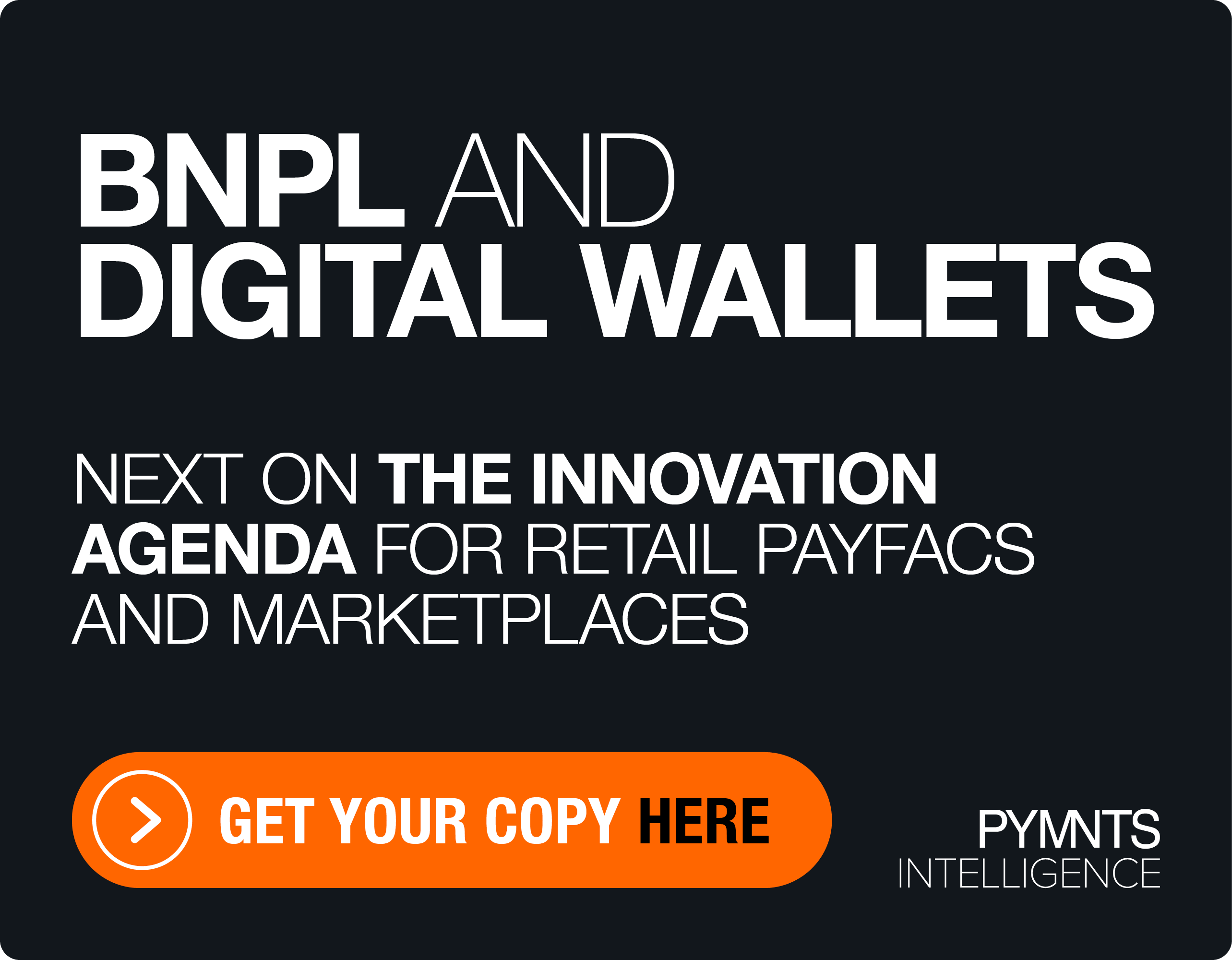Mastercard Says Click to Pay Is Primed for Growth as Merchants Focus on Conversion
Nearly five years after Click to Pay was introduced (initially as Secure Remote Commerce), Jennifer Marriner, EVP, Global Acceptance Solutions at Mastercard, told Karen Webster, “The actual use cases are much broader than we ever might have envisioned,” spanning consumer facing and B2B transactions.
Online acceptance — storing payment information using tokenized, virtual cards — has taken hold around the globe. Today, the company’s Tap on Phone functionality has been deployed in more than 75 countries, and Click to Pay’s debuted in three dozen markets.
Greenfield Opportunity
And yet, a third of online transactions are still being done through manual entry of card and other personal details.
That’s a significant greenfield opportunity for Click to Pay to address, and Marriner said Mastercard has been in discussions with merchants, demonstrating that removing the manual data entry with Click to Pay reduces checkout times by 50%. More merchant adoption, she said, will, naturally, spur more consumers to embrace Click to Pay.
“We’ve got tens of thousands of merchants recognizing this value proposition,” Marriner said, where the value is most readily evident in markets that are dependent on card-based payments. And while the initial use cases may have evolved with provisioning tokens to digital wallets, tokenization now has — in combination with biometrics — advanced to the point at which it is now being used for connected-car commerce.
“Since more than 25% of eCommerce transactions are tokenized,” Marriner said, “so we expect to continue to see innovation in this space … as merchants focus on ensuring that consumers have the right experience, and as they put the right goods and services into their customers’ hands.”
Mobile Checkout, Omnichannel Appeal
“The physical worlds and digital worlds are all converging,” Marriner told Webster.
The ubiquitous instrument in the palms of our hands — that would be the smartphone — has increasingly become an acceptance device over which to send payments and enterprises to request payments.
Amid the evolution from hardware-led, traditional acceptance to software, cloud-led solutions, the mobile phone, then, has become a vehicle for small and large merchants to facilitate payments. Contactless payments, she said, now represent about 3 in 5 in-person Mastercard transactions.
Merging these experiences in a way that will provide the highest level of security and experience for merchants, consumers and other players will continue to be critical in meeting the needs of an increasingly mobile-centric customer base.
Three Key Concerns
No matter the setting, consumers value three things above all else: speed, security and convenience.
Click to Pay, she said, delivers on all three, and boosts authorization rates for merchants in the meantime (by as much as 3% in recent estimations), which in turn gives a lift to revenues. For the card issuers, Marriner said, Click to Pay reinforces the trust and loyalty that consumers have already come to expect.
Click to Pay, Marriner said, helps streamline the fragmentation and inconsistent experiences that exist today in online payments, and the fact that the broad range of interactions make security, when viewed through the range of traditional payments, harder to manage.
“Tokenization’s become foundational to our business,” she told Webster, noting that Mastercard has doubled the number of tokens processed through just the past two years. December alone, she said, saw 3.5 billion tokens processed across its network.
Through tokenization, she said, which protects card-on-file and embedded payments — and with the prevalence of platforms such as Netflix, Uber and retailers — opening up accounts and storing credentials has been a seamless endeavor, combined with the biometric authentication protocols preferred by the consumer. Click to Pay also ties together a “single profile” across multiple different devices, browsers and merchants.
“It’s a much smoother checkout payment experience,” Marriner said, “and it doesn’t interfere with shopping or the service. … Payments just happen naturally at the end of the checkout flow.”

